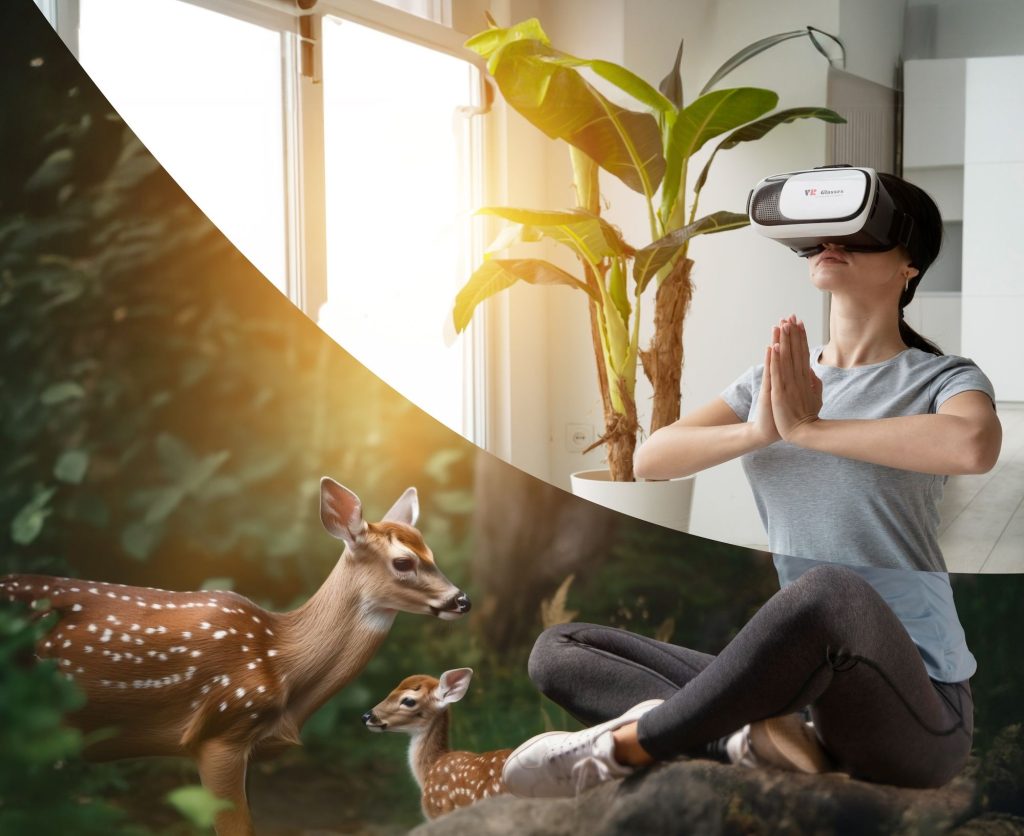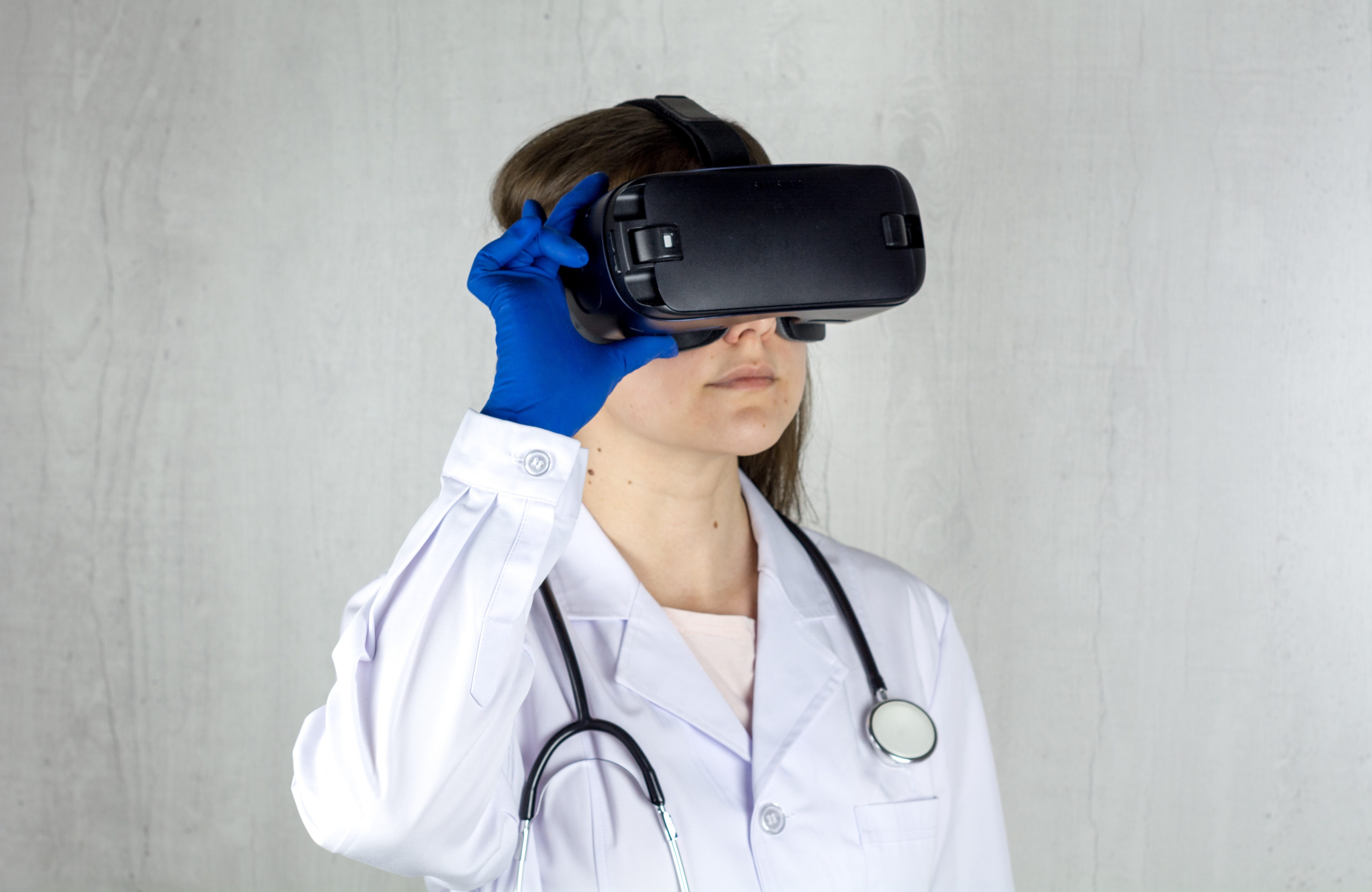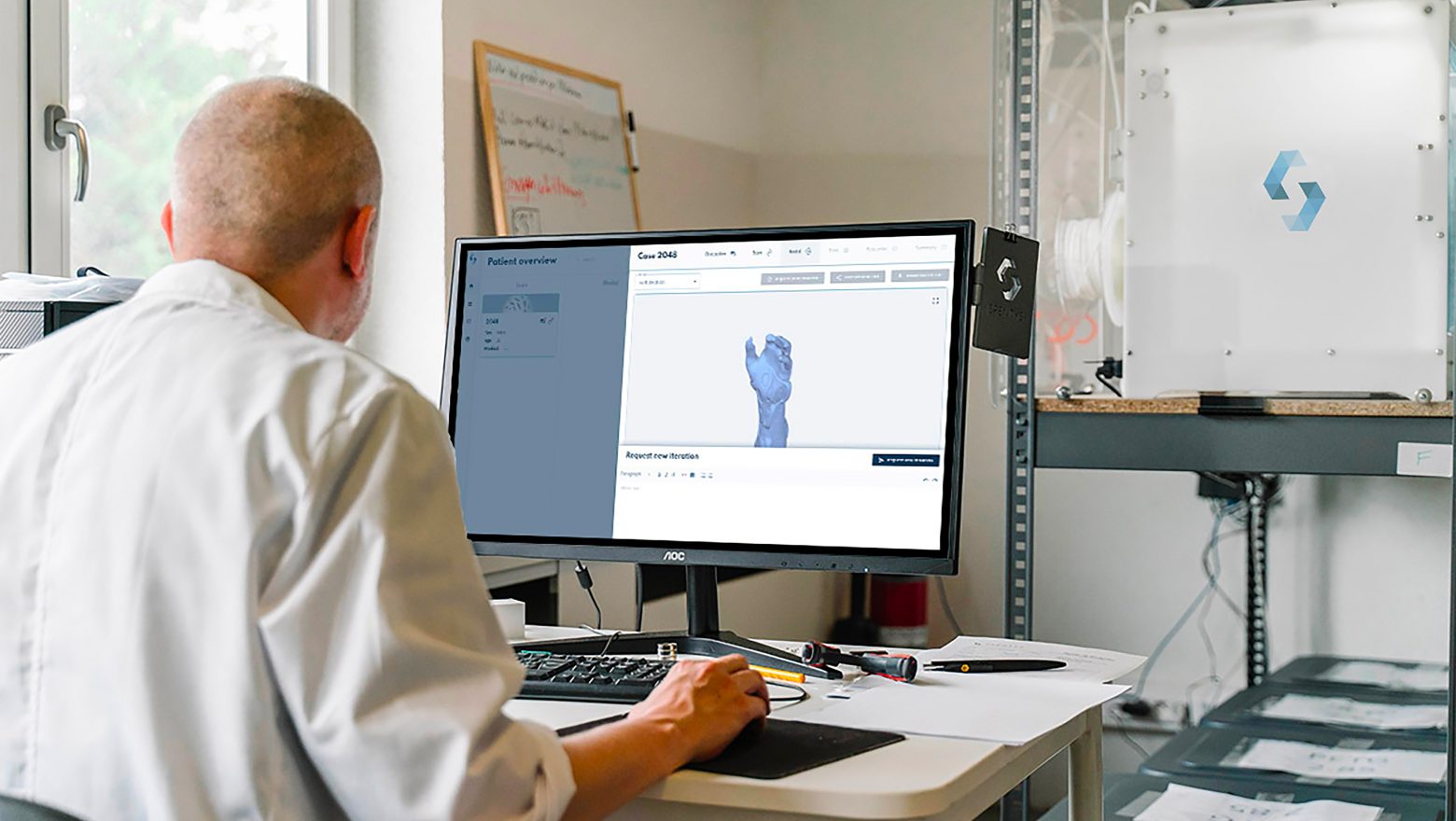When VR technology first emerged, many celebrated it as a great advancement for video games and entertainment. However, few pondered just how profoundly VR solutions aid medical professionals, their patients, and even regular individuals seeking to improve their health.
Yep. While commonly linked with gaming, virtual reality (VR) is a cutting-edge technology with the potential to revolutionize various industries.

Image by Freepik
So what are the benefits of virtual reality in healthcare?
How is virtual reality used in healthcare? VR can support patients and healthcare providers in achieving enhanced treatments and results. This spans across surgery, pain management, physical and cognitive rehabilitation, mental health, and beyond.
So, what does medical VR include?
1. Education to enhance the clarity and comprehension of learning for students.
2. Deeper integration into operations or assessments of the state of the body (especially in situations where relying solely on the human eye can be misleading).
3. Therapeutic approaches in various fields (which we will precisely explore).
In other words, as we can see, it benefits various groups of people. Now, let’s delve more deeply into various use cases and showcase examples of products that genuinely enhance the patient experience, all while being straightforward to develop and implement.
1. Medical Training
How is virtual reality used in medicine? According to a recent Harvard Business Review study, surgeons trained in VR exhibited a remarkable 230% enhancement in their overall performance compared to those who underwent traditional training methods.
Traditional anatomy lessons using human models and textbooks are being replaced with interactive digital models, offering students and educators an unprecedented level of insight into human anatomy.
Clinical examinations, including OSCEs, can now be replicated, providing a comprehensive learning experience that aligns perfectly with curricula. Additionally, custom surgical procedures can be simulated without any risk to patients, resulting in safer environments and a more cost and time-effective approach to learning.
Image Credit: youtube channel “Case Western Reserve University“
Moreover, virtual models offer dynamic interactions that go beyond what a prosected specimen can provide.
It enables students and educators to seamlessly transition from macro-level experiences, like a virtual full-body cardiovascular examination, to micro-level explorations, such as observing CGI lipid molecules contributing to luminal occlusions. These advancements contribute to a more comprehensive and nuanced understanding of physiology.
2. Helping physicians experience life as patients (for example, like elderly)
For example, have you ever wondered what it’s like to experience the challenges of aging, like limited mobility or recovering from a health issue? Virtual Reality (VR) for patients offers a unique opportunity for medical students and young doctors to develop a crucial skill: empathy.
Image Credit: youtube channel “Scripps News“
The University of New England conducted a study, integrating VR simulations of age-related conditions into their medical curriculum. This led to a significant increase in students’ understanding of these conditions and their empathy towards older patients.
Similarly, the University of Michigan explored VR’s potential in medical education. They used the MPathic-VR app to enhance students’ communication skills, particularly in delivering sensitive news, by practicing with a virtual human. This innovative approach proved highly effective.
3. Virtual reality for healthcare professionals: quick access to a patient’s EHR
In addition to its direct applications in surgeries and health assessments, virtual reality for healthcare professionals also proves to be immensely valuable in managing electronic health records.
A noteworthy example is the VR medical application, HealthVoyager. This innovative tool enables patients to conveniently access their health profiles, including records and assessment findings, directly from their mobile phones or tablets.
Image Credit: youtube channel “Klick“
4. Psychological Therapy
Engaging in therapy sessions can be mentally taxing, particularly when it involves intense visualization and communication. For individuals dealing with trauma, virtual reality for patients can offer a precise and controlled way to navigate painful memories.
A surprising advantage of VR-based health sessions is the option to replay them. This feature proves beneficial for both the therapist and the patient, providing an opportunity for reflection and deeper understanding.
For example, with AnomieXR people are able to overcome the discomfort and time constraints that come with explaining complex emotions and situations. They’re able to communicate in a safe, supportive environment, and coaches are able to provide the guidance and support they need to make real progress.
In other words, users are offered accessible and interactive therapy sessions that are more intimate and realistic than simple online therapy.
5. Stress management and self-care
VR can transport patients or simple people to calming environments, providing a welcome distraction from the clinical setting. For instance, patients can find themselves on tranquil beaches, in serene forests, or even in calming meditation spaces.
After all, patients undergoing treatment or recovering from surgeries often experience anxiety and stress.
Example of a product: immersive programs of Novobeing combine meditation, breathwork, music, and multisensory environments to help you achieve relaxation effortlessly. This approach is designed to calm the mind, shift focus to the present moment, and generate positive thoughts and emotions.
Also, such an approach can help in chronic pain treatment. Virtual medical technology serves an unconventional yet crucial purpose: to alleviate chronic pain experienced by patients. When donning VR devices, individuals are transported to tranquil natural settings, where they can hear birdsong and the rustling of leaves.
This experience surpasses conventional YouTube meditations, as virtual reality for healthcare professionals in hospitals enables complete immersion in this serene environment, allowing individuals to momentarily escape from other sensations.
6. Virtual reality for patients: recovery in physical therapy
After surviving a stroke or traumatic brain injury, prompt rehabilitation is crucial. The sooner rehabilitation begins, the greater the chances of successfully recovering lost functions.
Neuro Rehab VR introduces a gamified approach to physical therapy for such patients. Through collaboration with physicians and therapists, the company designs VR training exercises using machine learning to customize each exercise to the patient’s therapeutic requirements. The goal is to make physical therapy more enjoyable, thereby enhancing patient engagement.
Image Credit: youtube channel “Neuro Rehab VR“
These methods have demonstrated notable effectiveness. For example, this study revealed that children with cerebral palsy experienced significant mobility improvement after undergoing VR therapy. The authors of the study advocated for integrating this approach into conventional rehabilitation techniques to enhance outcomes.
7. Autism
Individuals with autism often face challenges in comprehending and expressing the emotions of others. In the realm of VR healthcare, the initial focus is on providing support for educating children with autism.
Recognizing the communication difficulties experienced by individuals with autism in interactions with peers and others, specialists in virtual reality have devised a method to immerse them in scenarios where they can hone their social skills within a secure and controlled environment.
Image Credit: youtube channel “National Autistic Society“
8. Addiction Treatment
Numerous theories abound regarding the nature of addiction and its treatment. Yet, the prevailing belief is that unresolved personal challenges can lead to addiction. Medical applications of virtual reality for patients have introduced a novel approach for individuals struggling with addiction.
By immersing them in simulated scenarios that evoke a sense of needing an escape from reality, VR therapy provides a constructive environment. Within these simulations, individuals can acquire coping mechanisms to address their traumas, eliminating the need for reliance on alcohol.
Image Credit: youtube channel “C2Care“
9. Rehabilitation
Shifting rehabilitation exercises into the virtual realm transforms patients’ therapy sessions into an engaging, game-like experience. This approach motivates users to aim for improved outcomes through virtual goals and achievements.
Let’s take an example. After experiencing a stroke, between 55% and 75% of patients are left with enduring motor deficits.
Scientists have devised a method to address these deficits through stroke rehabilitation using VR games. By adhering to a customized schedule, patients can engage in tasks that systematically and appropriately rehabilitate their motor senses. And such a dynamic approach offers a promising avenue for recovery.
Image Credit: youtube channel “Bruyère“
10. VR Fitness
And the last. Virtual reality has also made significant strides in the realm of fitness within the medical industry. Regular exercise is a cornerstone of a healthy lifestyle, and VR medical applications enhance its effectiveness and enjoyment.
Image Credit: youtube channel “Washington Post“
It’s worth noting that a fitness game labeled as “medical” doesn’t imply it’s set in a virtual reality hospital. Take, for instance, virtual reality fitness games on the video above. Engaging with it, you might not even realize you’re working out—it’s more like you’re on a real mission!

We hope this article was useful for you!
Who we are? We are a digital health product studio, who transforms healthcare digital experiences and sets new standards for delivering digital healthcare in a way that positively impacts people’s lives.
We assist healthcare startups in designing and developing digital products, while also helping healthcare organizations undergo transformative changes.
If you are interested about our experience check our portfolio with case studies by the link or you can read more about us here.
And write to us now on m@nozomihealth.com and we will discuss how we can help ensure that your product brings real benefits







